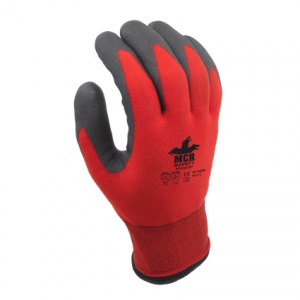MCR Greenknight GP1079NM Palm-Coated Recycled PET Handling Gloves
The MCR Greenknight GP1079NM Palm-Coated Recycled PET Handling Glovesare a great choice for use during a range of handling and assembly tasks, offering excellent grip on wet, dry, and oily components to significantly reduce the risk of accidents. The sustainable design includes a liner constructed with recycled PET, and a micro-foam nitrile liner designed to biodegrade in landfills within 2-3 years. These gloves also feature a basic level of heat resistance, and an excellent level of abrasion resistance, adding to their versatility.
What's Included?
Which Glove Size Should I Choose?
These gloves are available in sizes ranging between size 7 - size 11, offering a suitable option for most adult users. If you're not sure which glove size to choose, start by measuring the length of your hand and the circumference of your palm at the knuckle, excluding the thumb (as seen below). Once you have these measurements you can compare them to the sizing table below to identify the best fit your hands.
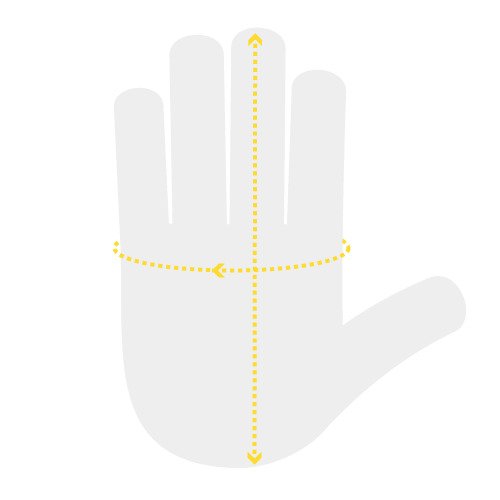
| Size | Palm Circumference | Hand Length |
| Size 7 | 178mm | 171mm |
| Size 8 | 203mm | 182mm |
| Size 9 | 229mm | 192mm |
| Size 10 | 254mm | 204mm |
| Size 11 | 279mm | 215mm |
How Can These Breathable Gloves Protect My Hands?
Wearing these gloves during a range of handling tasks is a great way to protect your hands and minimise the risk of slippage and accidents. Protective features of these gloves include:
- Abrasion-resistant design protects hands when working with coarse or rough materials
- Dextrous construction for ease-of-movement
- Nitrile-foam palm coat significantly improves glove grip on wet, dry, and oily components
- Touchscreen compatible fingertips reduce the need to remove gloves to access smartphone or tablet devices
Testing to European Standards
EN 388 (Mechanical Resistance)
| Hazard | Resistance Level |
| Abrasion Resistance | Level 4 |
| Cut Resistance | Level 1 |
| Tear Resistance | Level 3 |
| Puncture Resistance | Level 1 |
| ISO Cut Resistance | Level A |
EN 407 (Heat Resistance)
| Hazard | Resistance Level |
| Burning Behaviour | N/A |
| Contact Heat | Level 1 (100°C) |
| Convective Heat | N/A |
| Radiant Heat | N/A |
| Small Splashes of Molten Metal | N/A |
| Large Splashes of Molten Metal | N/A |
Who Can Use These Palm-Coated Handling Gloves?
These gloves offer protection during a range of tasks, and are ideal for a selection of industries. Suitable applications for these gloves include (but are not limited to):
- General Handling
- Handling Hot Materials (brief, intermittent handling up to 100°C)
- Precision Handling
- Assembly
- Aerospace
- Automotive
- Building and Construction
- Railway Maintenance
- Utilities
- Warehousing
- Packing and Packaging
- Shipping
- Oil and Gas Industries
Key Features and Benefits
- Pair of black and green work gloves
- Suitable for a range of handling, assembly, and industrial tasks
- Palm-coat of nitrile micro-foam enhances glove grip on wet, dry, and oily components
- Micro-foam coat designed to break down within 2-3 years of being in landfill
- Ultra-fine glove coat ensures a good level of tactility
- Gloves constructed using 31% recycled post-consumer PET
- Level 1 contact heat resistance enables brief, intermittent contact with materials up to 100°C
- Excellent level of abrasion resistance protects the hands from rough and coarse materials
- Pinky Drop technology utilised to improve fit for better comfort and dexterity
- Dextrous design is perfect for tasks requiring good levels of precision
- Breathable construction helps to minimise sweat build-up
- Designed with touch-screen compatible fingertips for optimal convenience
- Available in a range of sizes suitable for adult users
Alternative Handling Gloves
The Greenknight Palm-Coated Recycled Polyester Heat-Resistant Handling Gloves are a great alternative to these recycled PET gloves that offer the same level of protection, but are designed with 63% recycled polyester rather than 31% recycled PET.
Constructed Using Recycled PET Bottles
These gloves have been constructed using recycled PET bottle fibre for a sustainable design. The Recycled Claim Standard Blended have verified that the gloves contains 31% recycled post-consumer PET.
Biodegradable Nitrile Foam Coating
The ultra-fine nitrile micro-foam coat on the palm of these gloves breaks down within 2-3 years of being in landfill, ensuring a sustainable design.
Materials
- Shell: Recycled PET, Nylon, and Spandex
- Coat: Nitrile Micro-Foam (Palm Only)
Additional Documentation
Delivery
This item will be dispatched by Royal Mail, DPD courier or UPS courier.
The estimated delivery time for this item is usually 1-3 working days when ordered before 14:00, Monday to Friday (excluding Bank Holidays).
Orders that are placed before 14:00 on a working day are usually dispatched on the same day; for orders placed outside this timeframe, they are normally dispatched the next working day.
UK Delivery Charges
Certain orders delivered to the UK are subject to a delivery charge; refer to the table below for more information. Please note that all values are listed exclusive of VAT.
| Order Value | UK Delivery Charge |
|---|
| Up to £39.99 | £4.95 |
| £40.00 and over | FREE |
Please note: orders to NON-mainland UK and the Scottish highlands may be subject to an additional delivery charge, dependent on the size and value of the order.
What is EN 388?
You might have noticed that this product adheres to EN standard EN 388. EN standards ensure that the product you are buying meets the safety standards of the European Committee for Standardization (CEN), the highest standards organisation recognised by and working on behalf of the European Union. To pass any EN standard, a PPE product must undergo some of the most rigorous safety tests around.
There are many EN standards that our gloves adhere to. However, the EN standard that we’re concerned about here is EN 388. EN 388 stands for Mechanical Resistance, and informs you of your gloves' resistance to abrasion, cuts, tears and punctures.
How Do I Read the EN 388 Score?
Simply speaking, the higher the score that this product achieves, the better the product will be at resisting that hazard. Products will score between Level 0 and Level 4 for abrasion, tears and punctures, and if they weren’t tested for that hazard you will see N/A written instead of a number.
Cuts are a little different and, with the EN 388 standard rewritten in 2016, it means that gloves will either be tested to cut resistance or ISO cut resistance (sometimes called TDM cut resistance). Gloves tested to cut resistance will score between Level 0 and Level 5, and gloves tested to ISO cut resistance will achieve a score between Level A and Level F with the higher letter offering better cut protection.
Where Can I Find Out More?
This is just a brief overview of EN standard EN 388 so you know where you are standing. For further information, you can see the Introductory EN 388 Blog in our Knowledge Centre.
What is EN 407?
You might have noticed that this product adheres to EN standard EN 407. EN standards ensure that the product you are buying meets the safety standards of the European Committee for Standardization (CEN), the highest standards organisation recognised by and working on behalf of the European Union. To pass any EN standard, a PPE product must undergo some of the most rigorous safety tests around.
There are many EN standards that our gloves adhere to. However, the EN standard that we’re concerned about here is EN 407. EN 407 stands for Protective Gloves Against Thermal Risks, and informs you of your gloves' resistance to burns, contact heat, convective heat, radiant heat and small and large splashes of molten metal.
How Do I read the EN 407 Score?
Reading your EN 407 score is simple, as each hazard will be provided with a score between Level 0 and Level 4. Level 0 means the gloves failed against that particular hazard, and Level 4 means that they provide the best protection possible against that hazard.
Where Can I Find Out More?
This is just a brief overview of EN standard EN 407 so you know where you are standing. For further information, you can see the Heat Safety Introductory Blog that introduces EN 407 in a simple, easy to read article.


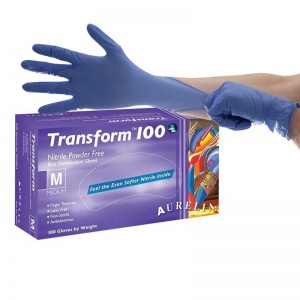
.jpg)
.jpg)
.jpg)
.jpg)
.jpg)
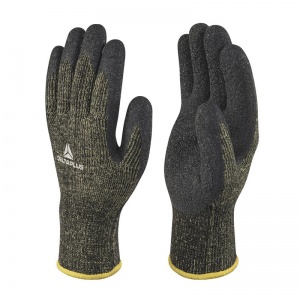
.jpg)
.jpg)
.jpg)
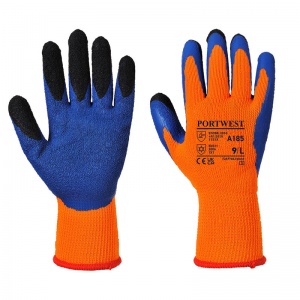
.jpg)
.jpg)
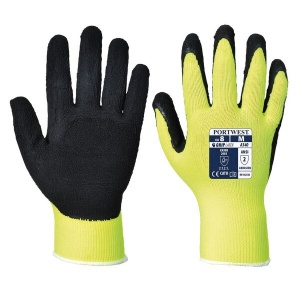
.jpeg)
.jpeg)
.jpeg)
.jpeg)
.jpeg)

.jpg)
.jpg)
.jpg)
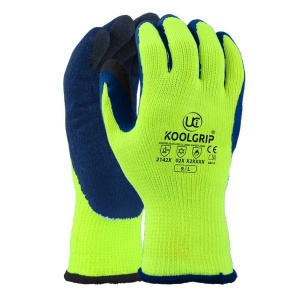
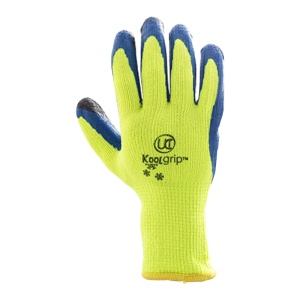
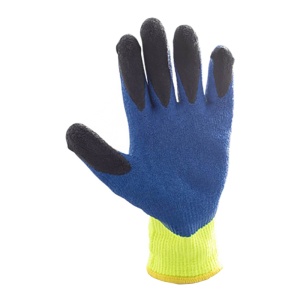
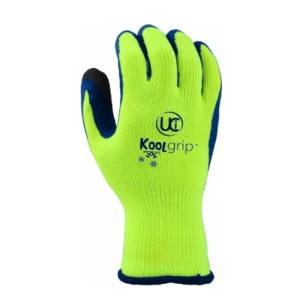
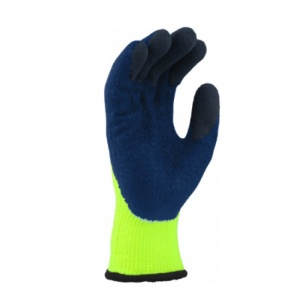
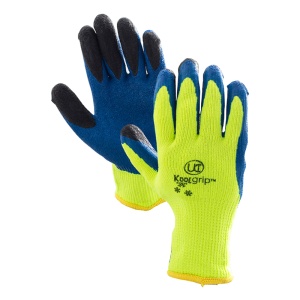

.jpg)
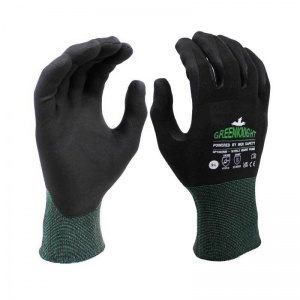
.jpg)
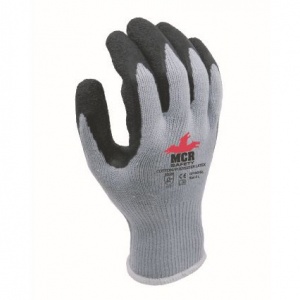
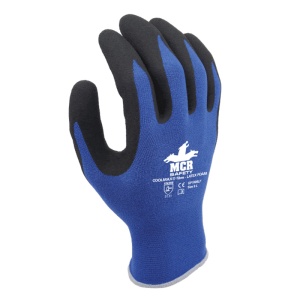

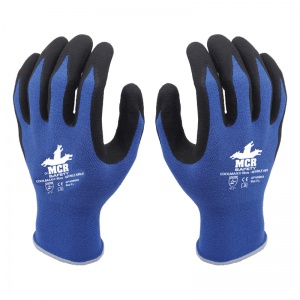
.jpg)
